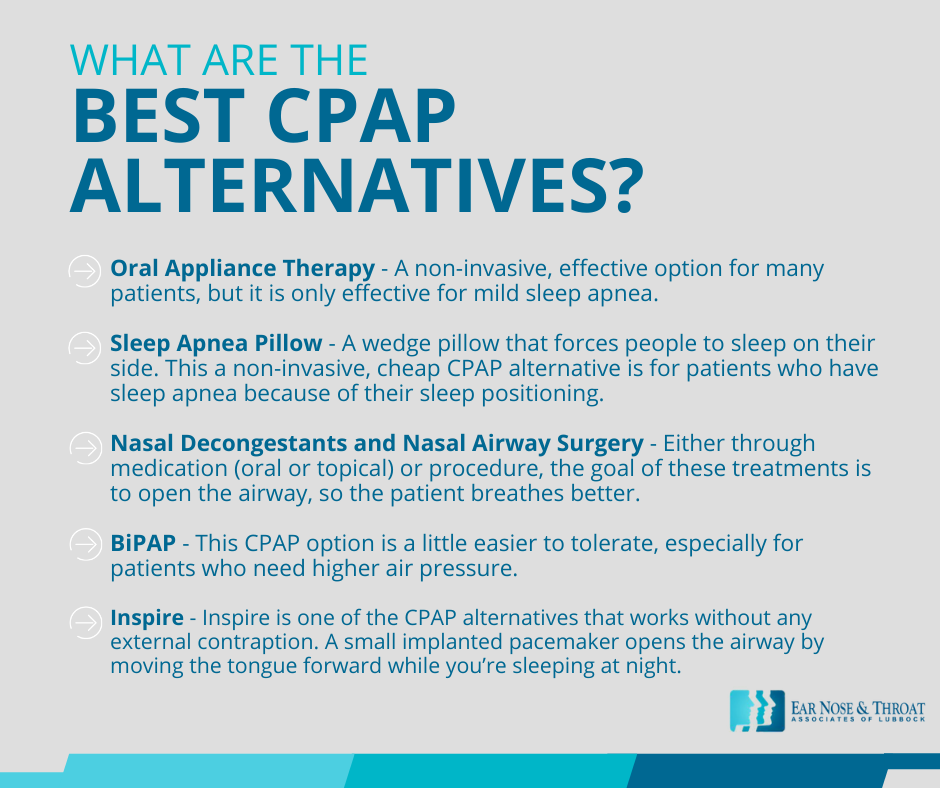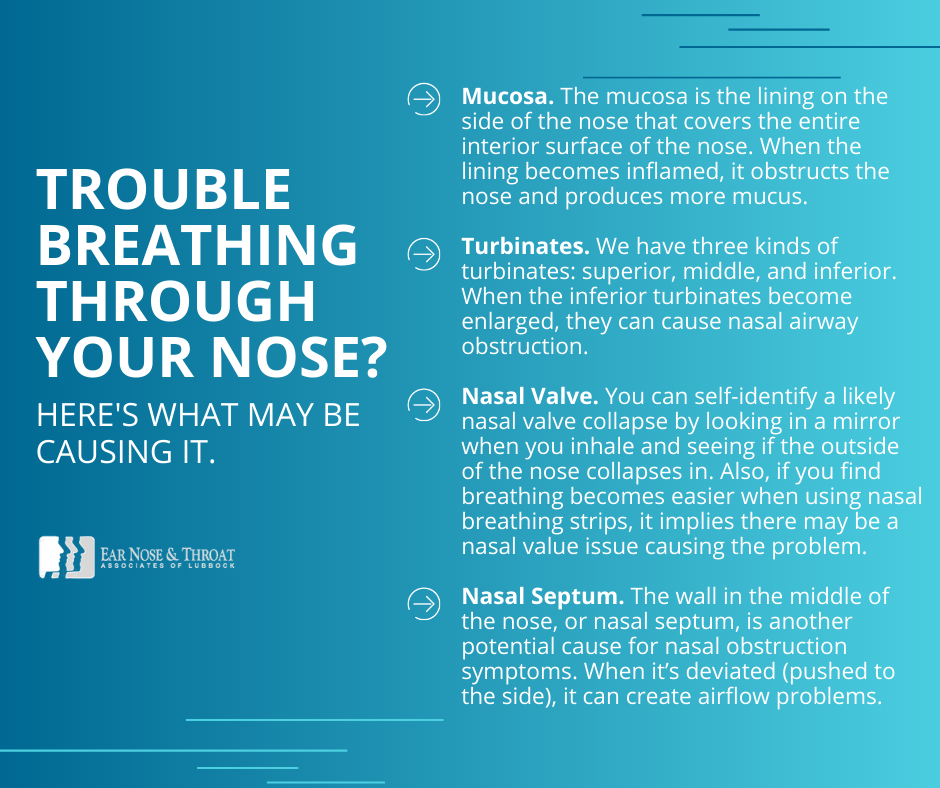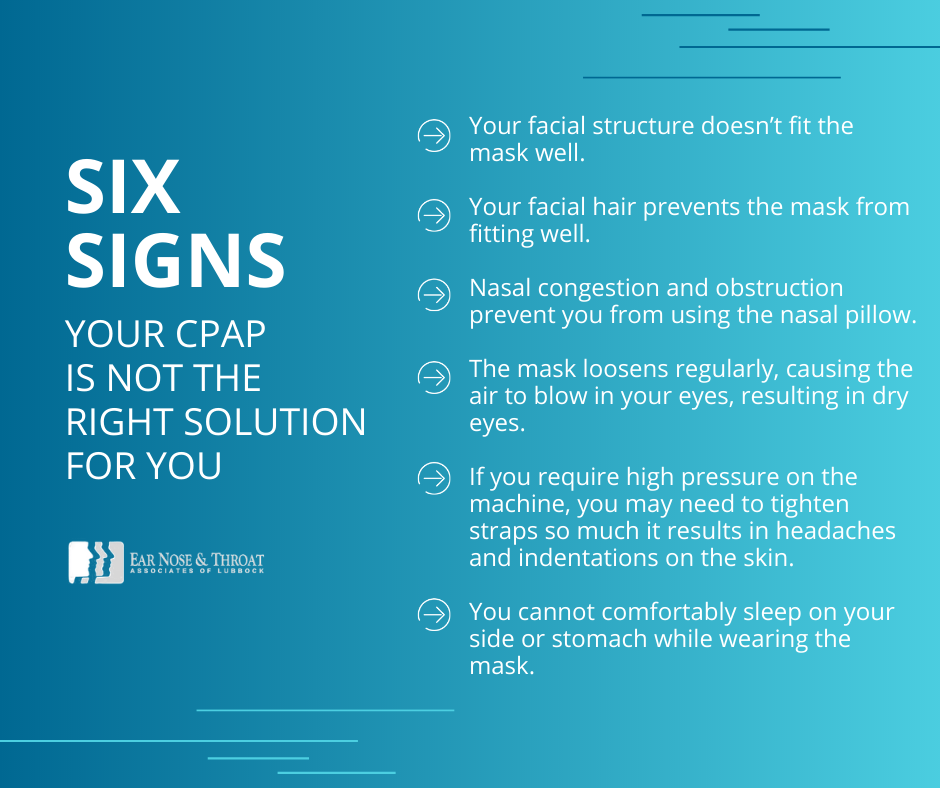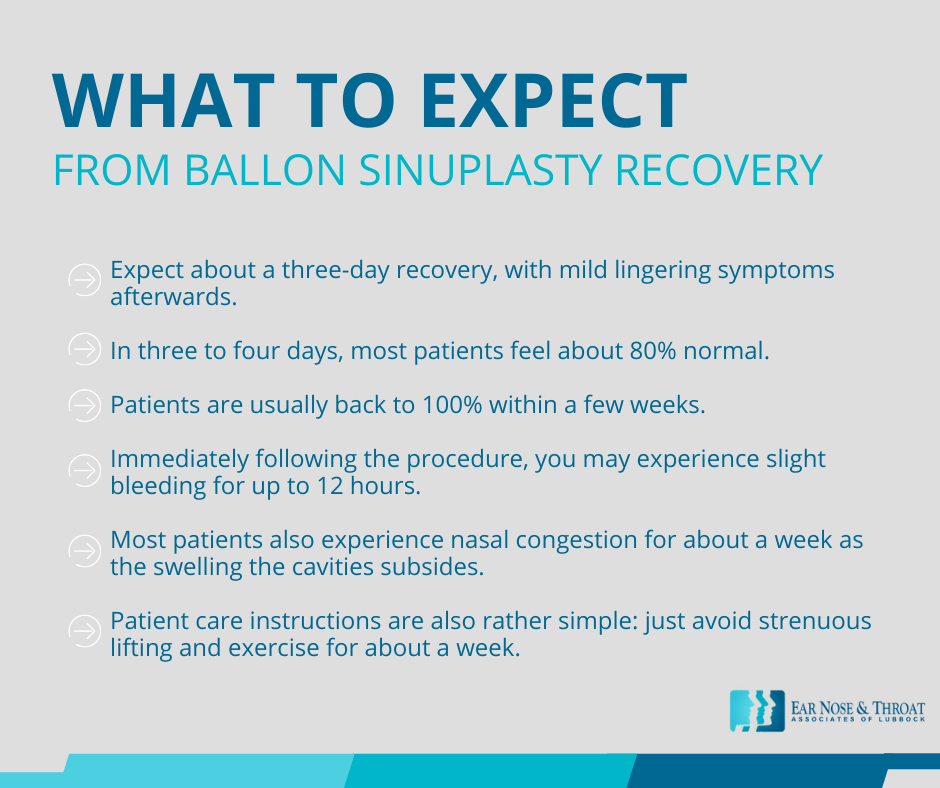You think your child needs a tonsillectomy. For some reason, the tonsils are causing a problem and now you’re faced with surgery for your little one. While no parent wants to deal with surgery for their child, a tonsillectomy is a relatively simple procedure that can drastically improve a child’s symptoms after they recover. Plus, it helps prevent long-term negative effects.
If you’re considering a tonsillectomy for your child, here’s what you need to know:
What Do Tonsils Actually Do?
Tonsils are basically lymph nodes exposed to the outside world. In the back of the mouth and nose, there is something called the Waldeyer’s Ring — a circle of lymphoid tissue designed to filter and protect the body from the environment. We have the adenoids in the back of the nose, palatine tonsils on the sides of the throat, and lingual tonsils on the back of the tongue. These form a circle of immune system tissue designed to filter out what’s coming in from the outside.
Why Do the Tonsils Cause Problems?
Problems with the tonsils occur for two reasons:
1. Enlarged Tonsils
The tonsils get so swollen they start blocking the airway. Some people are born with big tonsils. Sometimes people get an infection, and when the tonsils become swollen to fight it, they stay enlarged.
Regardless of the cause, enlarged tonsils can lead to obstructive sleep apnea in children. This is a serious pathology — the cognitive function, behavior, and even teeth of your child can be affected when they’re not breathing properly and sleeping well at night.
Similarly, the adenoids can become enlarged and completely block the nose. This can exacerbate or worsen chronic allergies and chronic sinus infections.
Enlarged adenoids that cause obstruction can even affect facial development. While breathing through the nose, the tongue naturally applies gentle pressure to the pallet on the roof of the mouth. This pressure helps the face grow wider. But when adenoids are enlarged, the patient is forced to breathe through their mouth. In children, this lack of pressure on the pallet means the face grows longer instead of wider.
Some adults still show classic signs of childhood adenoid enlargement in the way their face is shaped. The medical term is adenoid facies that essentially means they have a long face. Because their mouth was open for so much of their childhood, their face didn’t appropriately widen.
2. Chronic Infections
Infections (recurrent or ongoing) also serve as a reason to remove tonsils. An infection is defined as chronic when there are seven infections in one year, five infections per year for two consecutive years, or three infections per year for three years.
While while some insurance guidelines in their criteria for the number of infections required for surgery, these numbers serve as the general rule for how we determine tonsil infections to be chronic. Most commonly, tonsil infections are caused by strep bacteria, but can also be caused by other types of bacteria or viral infections.
What Symptoms Suggest Tonsils Need to Be Removed?
As a parent, you may not always know when your child’s tonsils are enlarged or infected, but you might notice other symptoms that indicate that tonsils could be problematic.
Sleep issues are a primary symptom of enlarged tonsils, but it’s often misinterpreted. When a child has obstructive sleep apnea, they sleep poorly. But when kids are poorly rested, their symptoms are different from adults. While adults feel tired, groggy, and sluggish, kids show symptoms of poor sleep with hyperactivity, acting out, behavioral issues, and even bed-wetting. While these behaviors may seem to be the opposite of what many expect from poor sleep, this often indicates that the child is tired and doesn’t know what to do with that feeling. Some kids are even misdiagnosed as ADHD when behavior may be a result of sleep trouble due to enlarged tonsils.
Adenoid issues may be a little easier to identify. For children with enlarged adenoids, their parents may notice they seem to have constant nasal infections and drainage. If this happens to the point where it’s chronic, we may choose to remove the adenoids.
Recurrent tonsil infections show up as sore throats, halitosis (bad breath), tonsil stones, snoring, or an abscess beside the tonsil. Chronic infections that present these symptoms would be another reason to remove the tonsils.
There are also two rare reasons for a tonsillectomy in children, but they’re still worth mentioning.
- PANDAS (Pediatric Autoimmune Neuropsychiatric Disorders Associated With Streptococcal)
This rare disorder shows up as cognitive, psychiatric issues that coincide with strep infections. While extremely uncommon, if PANDAS is the issue, patients show remarkable psychiatric improvement after surgery.
- PFAPA (periodic fever, aphthous stomatitis, pharyngitis, and cervical adenitis)
In this condition, patients have exactly what’s described in the name – fevers that come and go, cold sores (aphthous stomatitis), sore throats (pharyngitis), and protruding lymph nodes in the neck (cervical adenitis). We resolve this by performing a tonsillectomy in children.
FAQs: Before, During, and After a Tonsillectomy in Children
If you and your doctor decide a tonsillectomy is best for your child, you likely have some questions about what to expect at the various stages of the procedure.
Before
Do insurance companies cover tonsillectomy in children?
Yes, nearly every company covers tonsillectomies. Our office staff will contact your insurance company prior to surgery to ensure that we are meeting their criteria.
Should patients arrange care for the recovery period?
Yes, the surgery itself takes 20-30 minutes. The patient will recover for about an hour at the surgery center and go home the same day. Someone should plan to remain at the surgery center with the child for the duration of the procedure and the immediate recovery.
Depending on the age of the child, patients take 10-14 days to recover at home. They’ll feel like they have a bad sore throat or strep infection and will find it painful to swallow. Plan to have an adult nearby during this time period to help keep the child hydrated and restrict activity.
What foods should the child eat or avoid before surgery?
In the days prior to surgery, there are no necessary precautions to take with food or diet. Most pediatric tonsillectomies are performed early in the morning, so our office will instruct patients to abstain from food or drink after midnight in the hours leading up to the surgery.
During
What will the child experience during the operation?
We give children under the age of 12 an oral dosage of Versed (a well-tolerated pediatric medication) to help them relax when they arrive at the surgery center. Once in the OR, we use a mask to gently put them to sleep. After they’re asleep, we put in an IV and then proceed with the surgery.
Can a parent stay with a child during the operation?
Prior to COVID restrictions, we allowed two parents to come to the surgery center. However, now we’ve restricted this to one parent. The parent can remain with the child up until they enter the OR. As soon as they wake up in the recovery room, we allow the parent to return to the child.
How long does surgery typically take?
A tonsillectomy in children is a 20-30 minute procedure, then 1-2 hour stay in the post-op recovery area. After the procedure, we make sure they’re drinking and recovering well before we send them home.
After
What’s the post-op diet?
Kids should remain on a soft food or liquid diet for 7-10 days following the tonsillectomy. They can eat yogurt, ice cream, jello, mac and cheese, mashed potatoes, pudding, shakes, smoothies, popsicles, and anything else soft and soothing. We find that cold food that melts seems to coat the throat and ease their discomfort.
A child may not want soft foods for a couple of days following surgery and that’s okay, as long as their are drinking plenty of fluids. This includes sports drinks, juice, water, milk… whatever they’ll drink!
Any fluid is good fluid in this case, but try to avoid straws, especially with thick liquids like milkshakes. The pressure could pull a scab off the throat. Also, avoid red fluid. If the child vomits, we want to be able to distinguish between blood and other liquids.
It will hurt to swallow, so sometimes getting children to drink enough after a tonsillectomy is challenging, but be vigilant. Dehydration can cause increased pain and extend the healing time needed after surgery.
Should a child be resting in bed, and for how long?
We recommend no strenuous activity for the 10-14 day recovery period. While a child doesn’t have to be laying in bed this entire time, we want to avoid anything that increases their heart rate or blood pressure. For example, no sports or jumping on the trampoline during this time.
For the first week, they likely won’t want to do much. The second week can be more difficult to restrict activity.
How do parents decide if a child can return to school?
For most kids, they’ll miss a week or so of school, and can return the second week if they’re off medication and are not still in pain. However, during that second week, they need to rest during recess and PE.
What risks should a parent look for after the operation?
Bleeding
One notable risk of this surgery is bleeding. This happens for about 1/100 patients. About a week after the surgery, a scab may come off and cause bleeding in the back of the throat. In some cases, we need to do surgery to stop that bleeding. To minimize the risk, we focus on hydration (without straws).
Dehydration
This is also important to avoid — that’s why we encourage drinking so many fluids. Dehydration can lead to fevers, increased pain, and increased risk of bleeding.
If young kids refuse to drink, there are services that can come to your house and set up an IV to replenish fluids intravenously. If it becomes even more of an issue, urgent care centers can also administer fluids through IV.
Constipation
This can occur with the pain meds. While it doesn’t happen often, we occasionally see constipation as a side effect. When this occurs, we usually recommend Miralax or other over-the-counter solutions.
Fever
A low-grade fever is fairly common after surgery. If a child’s temperature is higher than 102 degrees, we want patients to call us and let us know.
What pain relief is prescribed or recommended?
There are several approaches to prescribing pain medication for children. We typically prescribe narcotic pain medication for our patients because it is an extremely painful surgery. We prescribe a combination of Tylenol with hydrocodone in liquid form. Patients should take this medication every 4 hours (day and night) for the first 7-10 days.
Additionally, some patients may need to take ibuprofen in between doses of the prescribed medication. As the child improves, they can ease off the medication.
Be aware that most patients increasingly improve over the first week after a tonsillectomy, but around Day 7 the majority of patients will regress for a day or two. The patient will have less pain in the throat, but can expect to have referred nerve pain in the neck, jaw and ears. This is completely normal and can be treated with continued pain medication.
If you have any other questions about a tonsillectomy for your child, don’t hesitate to call us and set up a consultation. A tonsillectomy may not be an easy solution, but it’s often the necessary next step to helping a child find long-term relief from their tonsil problems.
Dr. Cuthbertson is a physician at Ear Nose & Throat Associates of Lubbock. He joined the team at ENT Lubbock from Houston, where he was chief resident of the prestigious Bobby R. Alford Department of Otolaryngology at Baylor College of Medicine. He is board certified in Otolaryngology and Head & Neck Surgery and has quickly built a reputation, not only as an extremely skilled surgeon, but as an approachable and compassionate clinician adept in the newest standards and technologies. Learn more about Dr. Cuthbertson.












